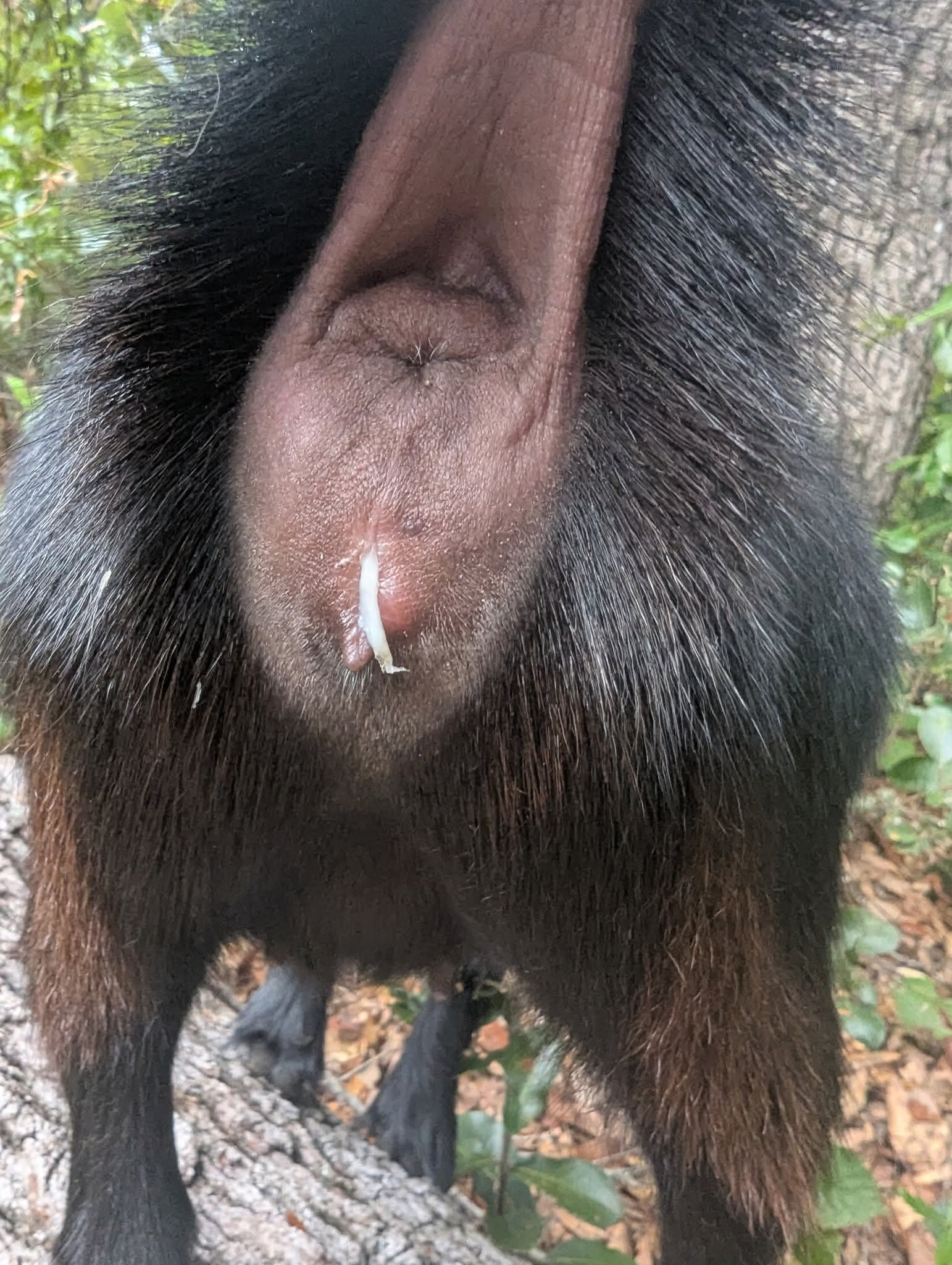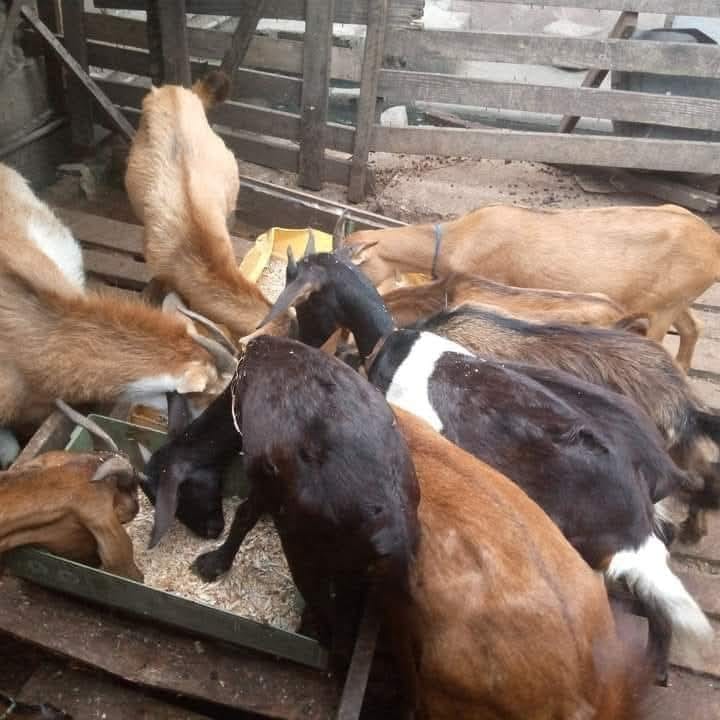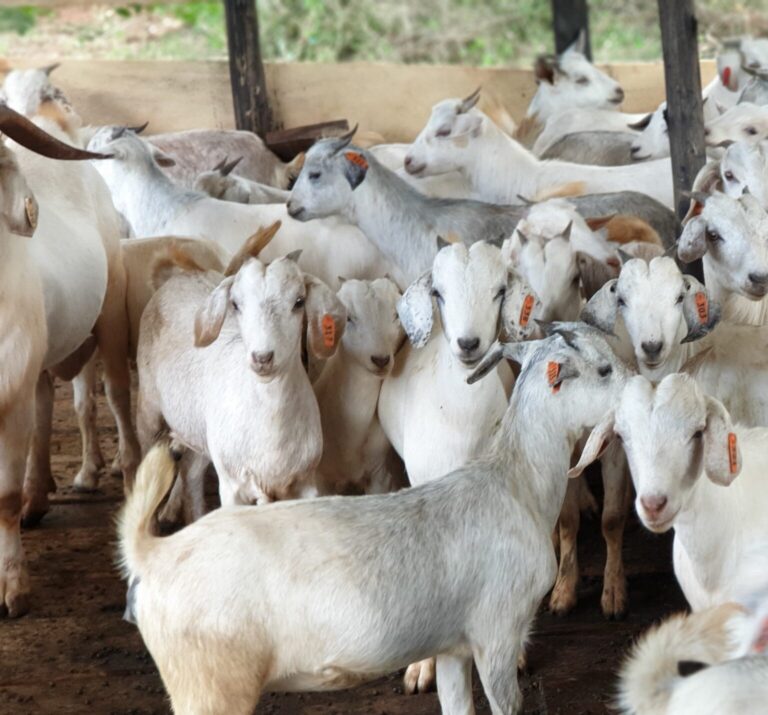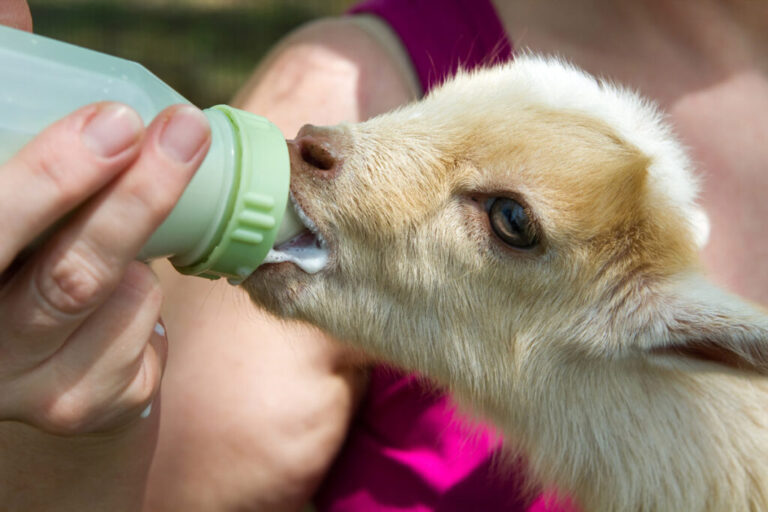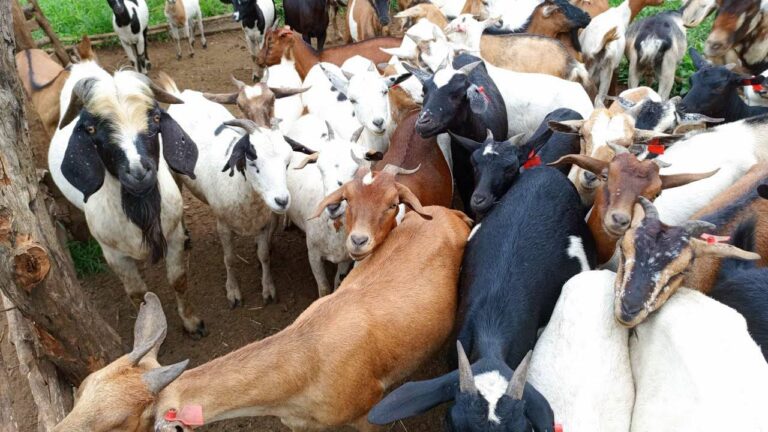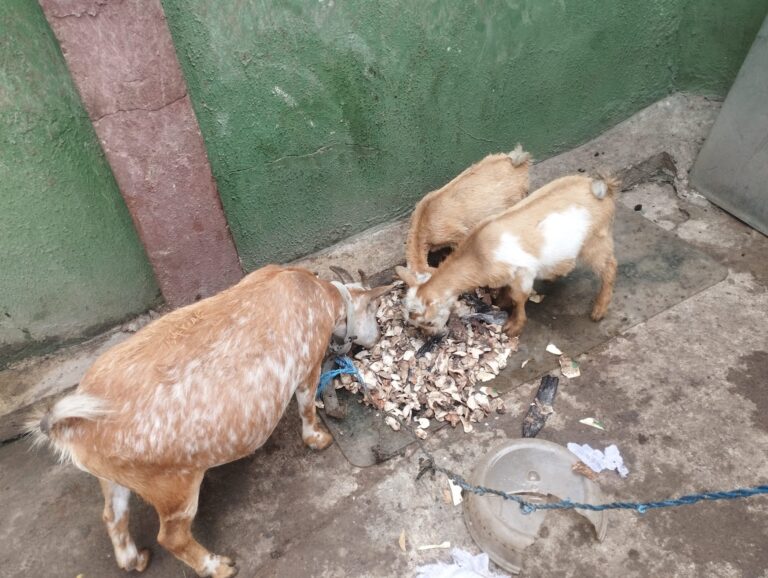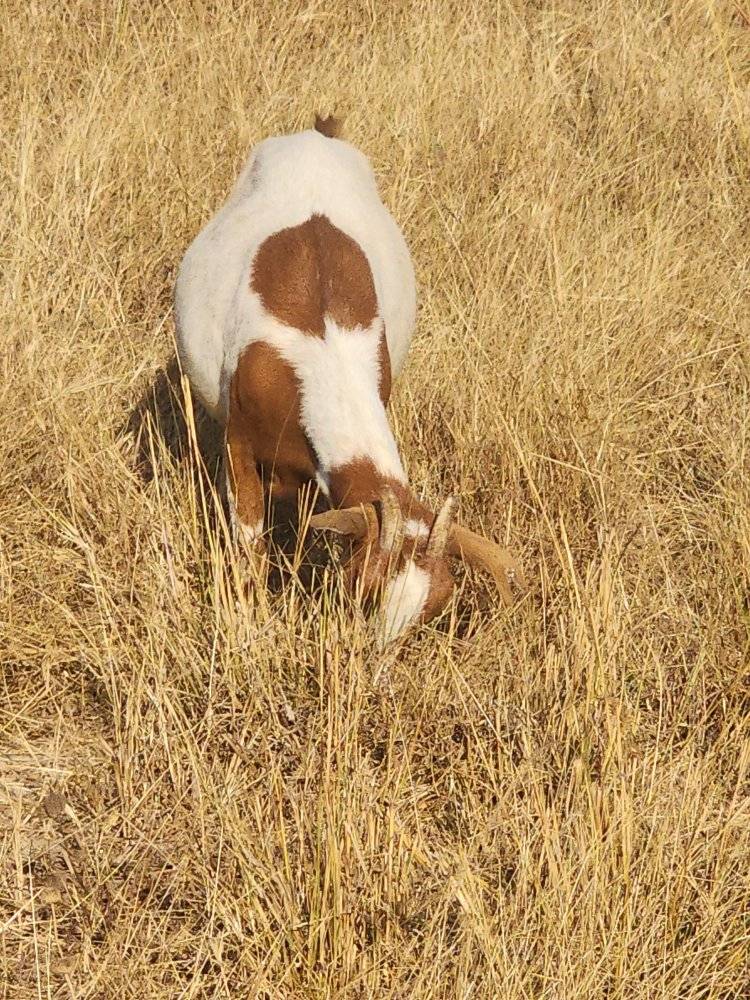Successful goat breeding hinges on one crucial skill: knowing when a doe is in heat.
Whether you’re relying on natural mating or using artificial insemination (AI), accurately identifying when a doe is in estrus ensures higher conception rates, fewer missed opportunities, and tighter kidding intervals.
Yet, heat detection in goats isn’t always obvious, especially for beginners or during silent heats. This guide explains the key signs and best techniques for detecting heat in goats so you can breed with confidence.
What Is Heat in Goats?
Heat, or estrus, is the period when a doe is sexually receptive and ovulating, making it the ideal time for breeding. Goats are seasonally polyestrous, meaning they come into heat repeatedly during certain times of the year, especially in the cooler months (fall and winter in most regions). The estrous cycle lasts 18 to 21 days, and heat typically lasts 24 to 48 hours.
Ovulation occurs toward the end of the heat period, so timing mating or AI near that window is key for successful conception.
Primary Signs That a Doe Is in Heat
1. Restlessness and Increased Vocalization
One of the earliest and most noticeable signs is that the doe becomes more active, noisy, and alert. She may call out frequently, pace her pen, or show signs of agitation.
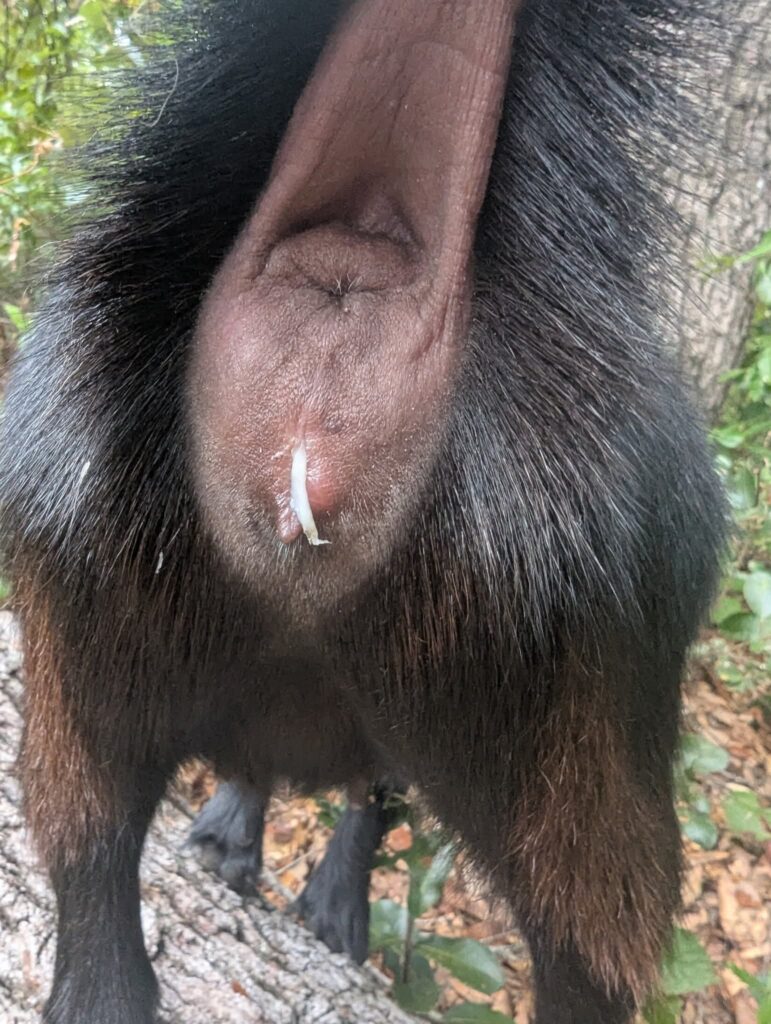
2. Swollen and Moist Vulva
During heat, the doe’s vulva becomes enlarged and moist, often with a clear or slightly cloudy mucus discharge. This discharge is a reliable indicator when visible.
3. Frequent Tail Wagging (Flagging)
The doe may repeatedly wag or flick her tail from side to side, especially when approached or touched near her hindquarters.
4. Mounting Behavior
A doe in heat may try to mount other does or stand still when mounted. However, mounting alone can also occur due to dominance behavior, so it should be considered along with other signs.
5. Decreased Appetite and Milk Yield
Some does may eat less or show a temporary dip in milk production when in heat. This is more noticeable in high-yielding dairy goats.
6. Increased Affection Toward Bucks
When a buck is present, a doe in heat will often seek him out, sniff, rub, and allow mounting. She may urinate frequently in his presence, and he’ll often respond with intense interest (grunting, curling his lip, and mounting).
Heat Detection Techniques That Work
1. Visual Observation
Spend 10–15 minutes in the morning and evening observing your does during breeding season. Focus on their tail movement, behavior changes, and discharge. Observation is most effective when done daily and consistently, especially around expected heat days.
2. Use of a Buck or Teaser Buck
Introducing a vasectomized or apron-fitted teaser buck into the doe pen is one of the most accurate methods. He stimulates does into showing signs of heat and helps detect those that might otherwise show silent estrus (heat without obvious signs).
Signs a doe is receptive include:
- Standing still when the buck mounts
- Urinating frequently
- Tail flagging and rubbing against the buck
3. Buck Rag or Scent Cloth
Rub a rag on an active buck’s scent glands (near his head and neck), then wave or tie it near the does. A doe in heat will show heightened interest in the smell: sniffing, bleating, or rubbing against the rag.
This low-tech method is helpful when keeping a buck isn’t practical.
4. Heat Detection Calendars
Track the estrous cycle (every 18–21 days) for each doe using a simple calendar or app. If a doe was last in heat 19 days ago, you can anticipate her next heat and monitor her closely during that window.
Heat Detection for Artificial Insemination (AI)
Because AI timing must be precise, it’s critical to inseminate 12–18 hours after the onset of standing heat, which is the period when the doe allows a buck or handler to mount her without moving away.
For higher accuracy:
- Use twice-daily checks (early morning and late evening)
- Look for signs like standing still, tail flagging, and mucus discharge
- In synchronized programs, follow the hormone injection schedule precisely and pair with behavioral cues
Common Challenges in Heat Detection
- Silent Heats: Some does show no clear signs of heat, especially first-timers or those under stress or poor nutrition.
- Heat Suppression: Extremely hot weather, poor body condition, illness, or irregular lighting can disrupt normal cycles.
- False Positives: Mounting or tail wagging can happen outside of true heat, especially in dominant or young does.
To address these:
- Ensure proper nutrition, deworming, and body condition
- Keep accurate records to detect subtle patterns
- Use multiple detection methods to cross-check signs
Wrapping Up
Effective heat detection is a skill every goat farmer should master. Recognizing the right time to mate your does is the difference between a productive season and a frustrating one.
With the right attention, tools, and observation habits, you can catch heat consistently, breed strategically, and build a more fertile, profitable herd.
Related:

